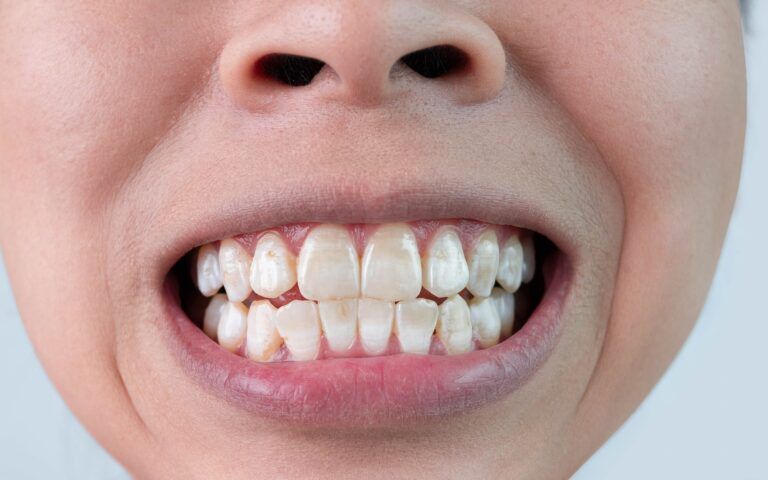Your Role In Preventing White-Spot Lesions

It can be an exciting day when you first receive your braces. You know that you’re at the start of a long road that will end with a beautiful smile. You’ll be able to share it boldly, knowing that your straightened teeth are flawless. However, during the process of wearing braces, you have to take care to ensure that result. One of the enemies of the orthodontically beautified smile is white spot lesions. These lesions form around the points on your teeth where your braces are mounted. Taking proper care of your teeth while wearing braces can reduce their appearance, but it doesn’t always eliminate them all.
Understanding Your Role In Preventing White-Spot Lesions
One of the drawbacks of getting braces is the addition of new places in your mouth where plaque and tartar can form. As these biofilms adhere to these structures, they can begin to affect the health of the teeth they’re attached to. One common outcome of their presence is the formation of white spot lesions. These lesions, as the name implies, are white spots on the teeth where damage to the enamel has occurred. The result is unsightly splotches on your teeth after the braces are removed. Your dentist will inform you of the risks of white-spot lesions as part of preparing you for receiving braces.
There are things you can do to avoid these unsightly blemishes, however:
- Pay Close Attention – Your dentist is going to prepare you with tips and tricks to help protect your teeth from these lesions. As such, this document should serve mostly as a review for their instructions. Listen carefully when they provide their advice, it’s your best advantage against white spot blemishes.
- Strict Brushing Routine – Throughout your orthodontic treatment, you want to maintain a rigid brushing protocol. It’s often wise to include another round or two of brushing during your day. This is done to ensure you remove all the plaque and tartar from your orthodontic appliance, as well as dislodge any food.
- Floss On The Regular – This can be a tricky process, but there are floss tools available to help. Every day, preferably twice a day, you should floss all the gaps and spaces between your teeth and braces. Ensure that there are no trapped food particles for bacteria to feed on.
- Choose Your Food Wisely – Another important part of preventing these blemishes is eating wisely. Less important than avoiding sugars and acids is avoiding foods that will stick. Caramels, chewy candies, anything that can get wedged in your teeth, under your wires, or anywhere within your mouth is a no-go. These are hard enough to clean out without wearing an orthodontic appliance. With one it can be nearly impossible to get rid of all the residue.
- Choose Clear Aligners – If you have the option, you may opt for clear aligners instead of braces. Clear aligners work in much the same way as braces, but can be removed. They tend to come at a higher price-point, but come with the ability to remove them so you can clean them, and your teeth, thoroughly.
These tips will help keep the acid and bacteria that cause white spot lesions at bay. Following them, and consulting your dentist, are essential to a successful orthodontic experience.
Speak To Your Dentist For Further Advice
If you’ve developed white spot lesions during your time with braces, all is not lost. Your dentist can provide tips and tricks that can reduce or even eliminate their presence on your teeth. Contact them for a consultation today!

Recent Comments